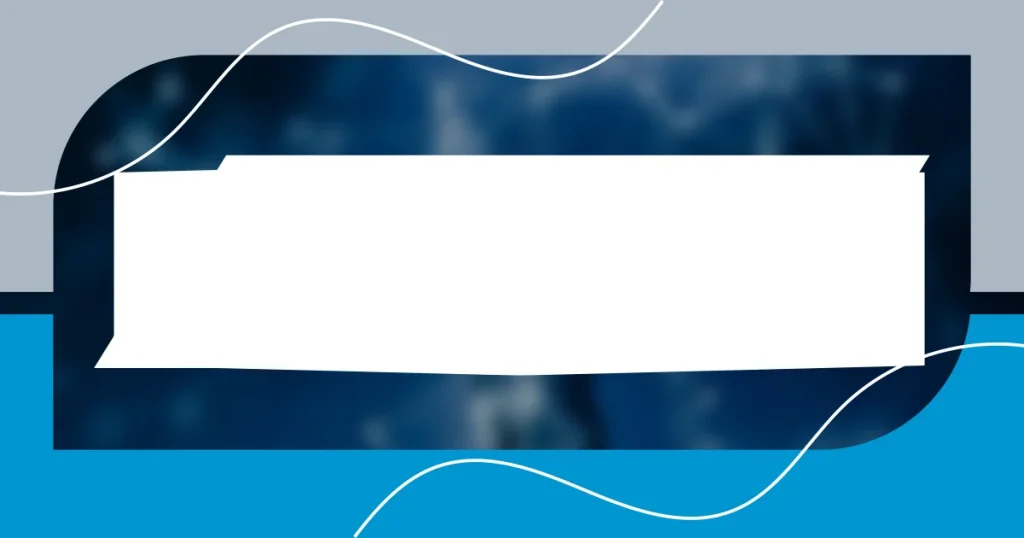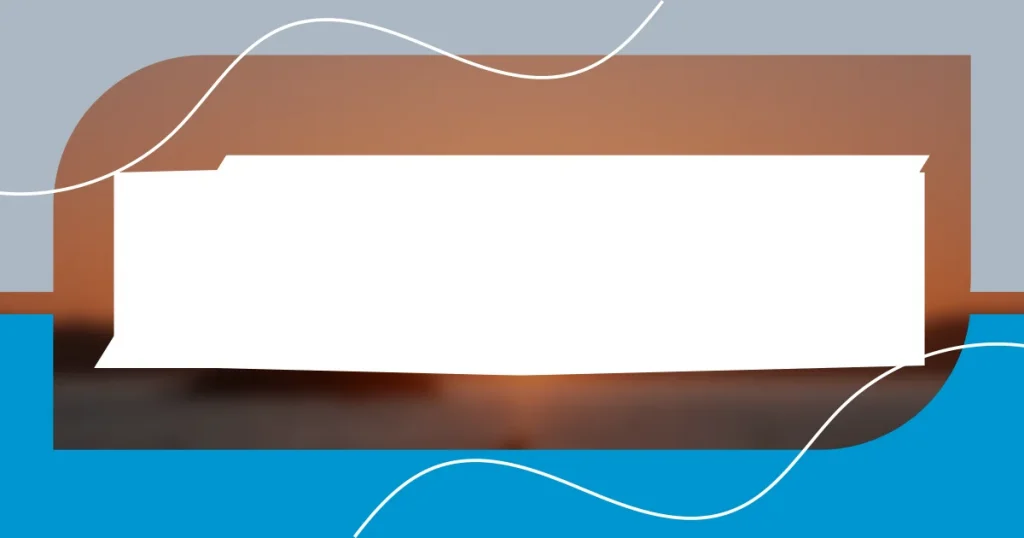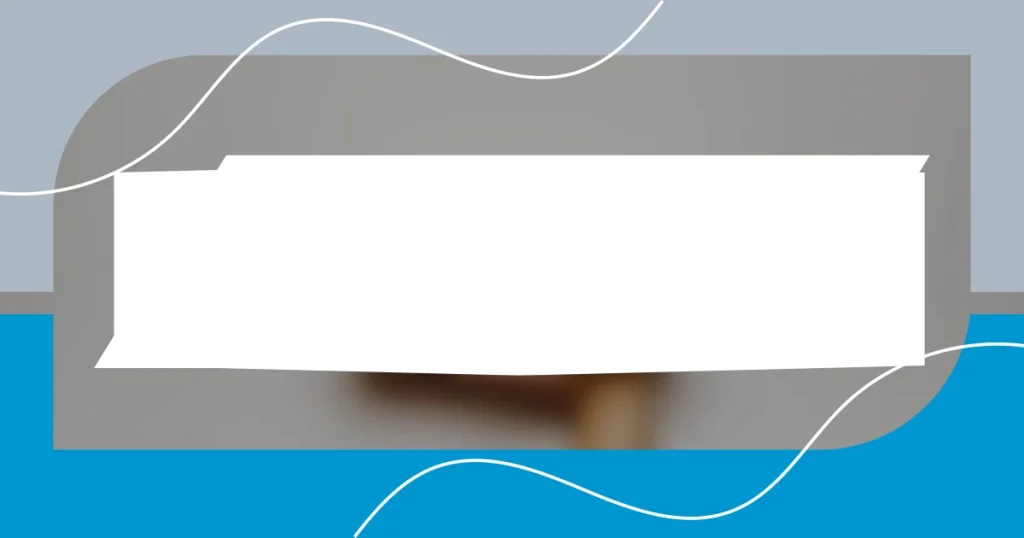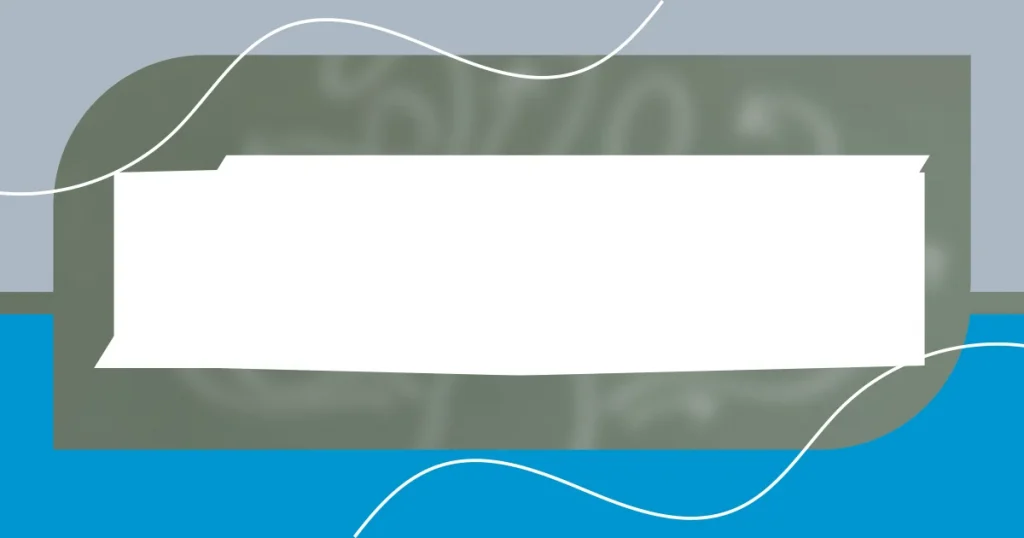Key takeaways:
- Fictional worlds evoke deep emotional connections, prompting personal reflections and amplifying one’s understanding of real-life experiences.
- Techniques like visualization, reading aloud, and maintaining a reading journal enhance engagement with the narrative, leading to a richer experience.
- Interactions with characters often mirror personal journeys, fostering self-reflection and sparking creativity that influences one’s own aspirations and artistic expression.
Understanding fictional worlds
Fictional worlds invite us to step into realms that are both familiar and wildly imaginative. I remember being captivated by J.K. Rowling’s world of Harry Potter; it taught me the importance of friendship and bravery in the face of adversity. Have you ever felt the same pull towards a character or setting, as if it were whispering secrets that only you could understand?
When I dive into a new book or story, I often notice how these fictional landscapes resonate with my own experiences. For instance, the quiet intensity of the Shire from “The Lord of the Rings” makes me reminisce about my own childhood adventures spent in nature. Can you recall a moment when you felt a deep connection to a particular place or character? It’s those connections that bring the narrative to life.
Moreover, understanding fictional worlds requires an openness to emotional experiences that extend beyond reality. I’ve found myself laughing, crying, and even questioning my beliefs through the lens of characters I adore. How does a fictional setting challenge or affirm your perspective on your own life? The beauty lies in how these narratives can amplify our feelings and provoke thought in ways we might not expect.
The importance of immersion
The significance of immersion in fictional worlds cannot be overstated. When I lose myself in a story, it feels as if I’ve been submerged in a vibrant tapestry of emotions. For instance, I vividly recall reading “The Night Circus” and feeling the excitement of walking through its magical tents as if they were part of my own reality. That sense of being enveloped by the narrative elevates not just the enjoyment but also my emotional engagement with the characters.
- Immersion enhances emotional connections, allowing readers to feel joy, heartbreak, or fear alongside the characters.
- A well-crafted fictional world serves as an escape from daily life, offering a sanctuary where anything is possible.
- Experiencing the intricate details in a story can lead to personal reflections that enrich one’s understanding of real-life challenges and joys.
- Immersion encourages empathy, prompting readers to explore perspectives and experiences that differ from their own.
Techniques for deeper engagement
When I want to deepen my engagement with a fictional world, I often take time to visualize the scenes described in the book. I close my eyes and attempt to picture the characters and settings, creating a mental movie that enhances my connection to the story. This technique not only makes the narrative more vivid but also allows me to immerse myself in the emotions the author intends us to feel.
I’ve also found that reading aloud, especially during dialogues, brings characters to life in a unique way. The intonation of their voices and the rhythm of their words allow me to connect on a deeper level. For example, reciting passages from “Pride and Prejudice” gives me a new appreciation for Jane Austen’s wit and the subtleties of social interaction, making each character’s experience resonate with my own.
Lastly, keeping a reading journal has transformed my journey through fictional worlds. Jotting down thoughts, feelings, and reflections as I read helps me process the themes and ideas presented. It’s as if I’m having a conversation with the book, allowing me to explore how the story intersects with my own life experiences. I often reread my notes and find new layers of meaning that enrich my understanding of both the text and my own emotional landscape.
| Technique | Description |
|---|---|
| Visualization | Creating a mental image of the scenes and characters enhances emotional connection. |
| Reading Aloud | Voicing the text brings characters to life, adding a personal touch to their experiences. |
| Reading Journal | Documenting thoughts and reflections fosters deeper insights into the narrative and personal connections. |
Exploring sensory experiences
When I delve into a fictional world, I find that sensory details play an essential role in bridging the gap between reality and imagination. I remember reading “The Book Thief,” where Markus Zusak’s descriptions of the color of the sky and the smell of bread baking made me feel as though I could almost reach out and touch them. Have you ever noticed how a simple sensory detail can transport you right into the heart of a scene? It’s fascinating how those tiny elements can evoke nostalgia and bring a story to life.
Sound, in particular, captivates me. I often listen to soundtracks that resonate with the ambiance of the book I’m reading. The ethereal notes during pivotal moments of “The Shadow of the Wind” amplifying the suspense had me sitting on the edge of my seat, heart racing. Isn’t it incredible how music can enhance emotional resonance? It’s as if the combination of words and sounds creates a richer tapestry that envelops me completely.
Another powerful sensory experience is taste. While reading “Like Water for Chocolate,” I could almost feel the warmth of the chocolate and taste the spices described on the page. That blend of flavors and emotions not only made the story more memorable but also sparked reflections on my own culinary experiences. Have you ever found a book that made you crave a particular dish? It’s these connections that reveal the depth of our engagement with fiction.
Building emotional connections
Building emotional connections in fictional worlds often feels like creating bonds with real people. I recall reading “A Man Called Ove,” where Ove’s grumpiness initially pushed me away, but as the story unfolded, I found myself empathizing deeply with his sorrow and loneliness. Have you ever felt an immediate connection to a character, only to discover layers of complexity underneath? It’s that surprise revelation that draws me in even more.
I also cherish the moments when a character mirrors my own life experiences. For instance, in “The Night Circus,” the themes of longing and ambition resonated with my journey through my own dreams and aspirations. Each time I encountered challenges in the plot, it felt like a reflection of my struggles, making my heart race in solidarity. Isn’t it remarkable how a fictional character can become a source of inspiration and motivation?
Sometimes, a well-crafted character’s growth can provoke profound self-reflection. After finishing “Educated” by Tara Westover, I found myself reassessing the value of education and personal growth in my own life. It was a reminder that our circumstances don’t define us; rather, how we choose to respond to them does. Engagement with fiction has this beautiful ability to spark conversations within us, encouraging personal revelations that often lead to emotional connections that linger long after we’ve closed the book.
Reflecting on personal impact
Reflecting on the personal impact of fiction often reveals surprising layers of introspection. For me, finishing “To Kill a Mockingbird” forced me to confront my own views on justice and morality. Have you ever closed a book and found yourself questioning your beliefs? That moment of realization can ripple through your life and promote a deeper understanding of yourself and others.
What strikes me about these narratives is how they often resonate with my experiences, shifting my perspective. For example, reading “The Fault in Our Stars” brought my teenage experiences of love and loss back to the forefront. Each character’s struggle mirrored my own, reminding me that while pain can feel isolating, it is a shared human experience. Doesn’t it feel comforting to know you’re not alone in your feelings?
The beauty of fiction lies in its ability to evoke such profound emotional shifts. After immersing myself in “The Alchemist,” I found a newfound clarity about my own dreams and aspirations. It made me ponder: Are we truly chasing what matters most to us, or are we simply following the paths laid out before us? That thought lingered long after I turned the last page, nudging me to reassess my life’s journey and aspirations.
Enhancing creativity through fiction
When exploring creativity through fiction, I often find that stories transport my mind to uncharted territories. For instance, while reading “The Invisible Life of Addie LaRue,” I was struck by the protagonist’s endless quest for identity and freedom. Her journey sparked my own imagination—what would it mean to live a life unbound by time and memory? This sense of wonder can lead to a flow of ideas that often spills into my own creative projects.
Fiction has a unique way of unveiling alternative perspectives that can inspire original thought. I remember diving into “The Strange Library” by Haruki Murakami, where the bizarre world filled with surreal elements expanded my understanding of narrative structure. It made me wonder: how can a blend of the fantastical and the mundane challenge the conventional storytelling approach we often fall back on? Incorporating those unique aspects into my writing has opened new avenues for creativity that I never knew existed.
Engaging with various fictional worlds also acts as a catalyst for brainstorming. During a particularly challenging writing slump, I revisited “The Wind-Up Bird Chronicle,” which brims with multilayered plots and rich symbolism. This helped me realize that creativity often thrives in chaos. Is it possible that embracing disorder can lead us to discover more profound insights? When I embraced that idea, my own work blossomed, blossoming into something fresh and exhilarating.











